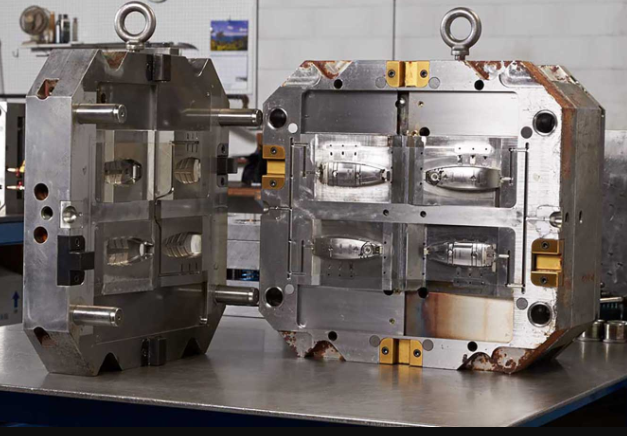
To provide an accurate quote for injection molding, manufacturers typically require a comprehensive set of files and information. Here is a list of the essential files and data needed:
1. 3D CAD Files
- Format: Common formats include STEP (.stp/.step), IGES (.igs/.iges), and SolidWorks (.sldprt).
- Purpose: These files provide a detailed 3D representation of the part, which is critical for mold design and manufacturing.
2. 2D Engineering Drawings
- Format: PDF, DWG, or DXF.
- Details: These drawings should include dimensions, tolerances, surface finish specifications, material specifications, and any critical features or notes.
- Purpose: 2D drawings complement 3D models by providing additional details that may not be obvious in the 3D file.
3. Bill of Materials (BOM)
- Format: Excel, CSV, or any structured format.
- Details: The BOM should list all components and materials required, including part numbers, material types, quantities, and any special instructions.
- Purpose: Ensures all required materials and components are accounted for in the quote.
[elementor-template id=”4330″]
4. Material Specifications
- Details: Information on the type of plastic or material to be used, including specific grades, additives, or color requirements.
- Purpose: Helps the manufacturer select the appropriate material and estimate costs accurately.
5. Production Requirements
- Details: Information on expected production volumes, batch sizes, and delivery schedules.
- Purpose: Allows the manufacturer to estimate the production time and cost based on the scale of the project.
6. Quality Requirements
- Details: Specific quality standards, inspection methods, and acceptance criteria.
- Purpose: Ensures that the manufacturer understands the quality expectations and can factor in any additional quality control measures.
7. Prototype or Sample Parts
- If Available: Physical samples or prototypes of the part.
- Purpose: Provides a tangible reference for the manufacturer to understand the part’s requirements and complexities.
8. Tooling Requirements
- Details: Any specific requirements for the mold, such as type (single cavity, multi-cavity), material, expected mold life, and any special features like inserts or sliders.
- Purpose: Helps in estimating the cost and design of the mold.
9. Post-Processing Requirements
- Details: Any additional processes required after molding, such as painting, plating, assembly, or packaging.
- Purpose: Ensures all aspects of the production process are considered in the quote.
[elementor-template id=”4331″]
10. Shipping and Logistics Information
- Details: Shipping destinations, preferred shipping methods, and any special handling requirements.
- Purpose: Allows the manufacturer to include shipping and handling costs in the quote.
Example
For a hypothetical part, a manufacturer would need:
- 3D CAD File: A STEP file of the part.
- 2D Engineering Drawings: PDF with all critical dimensions and tolerances.
- Material Specifications: ABS plastic with a specific grade and colorant.
- Production Requirements: 10,000 units per month with an initial order of 5,000 units.
- Quality Requirements: Detailed inspection criteria including visual and dimensional checks.
- Tooling Requirements: A multi-cavity steel mold with an expected life of 500,000 cycles.
- Post-Processing: Parts need to be painted and assembled.
- Shipping Information: Parts to be shipped to multiple distribution centers in North America and Europe.
Conclusion
Providing detailed and accurate files and information is crucial for manufacturers to quote injection molding projects accurately. This includes 3D CAD files, 2D engineering drawings, BOM, material specifications, production requirements, quality standards, and any specific tooling or post-processing requirements. Ensuring all necessary information is included upfront helps in obtaining a precise and comprehensive quote.
Related Conten: Mold Design
 DTG Mould Trade Process |
|
| Quote: | According to sample, drawing and specific requirement. |
|---|---|
| Discussion | Mold material, cavity number, price, runner, payment, etc. |
| S/C Signature | Approval for all the items. |
| Advance | Pay 50% by T/T |
| Product Design Checking | We check the product design. If some position is not perfect, or can not be done on the mould, we will send customer the report. |
| Mold Processing | Send report to customer once each week |
| Mold Testing | Send trial samples and try-out report to customer for confirmation |
| Mold Modification | According to customer’s feedback. |
| Balance Settlement | 50% by T/T after the customer approved the trial sample and mould quality. |
| Delivery | Delivery by sea or air. The forwarder can be designated by your side. |
 |
|

